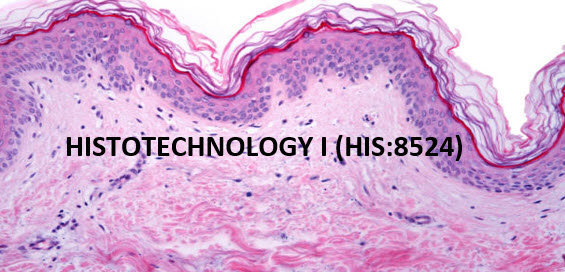Course info

Module Description & Aims
Histology is the study of structure and function of tissue.
It can be described as microscopic anatomy.
The module includes microscopic identification of normal basic tissues, microscopic structure (morphology) of organs and the relationship between structure and function. Many techniques have been developed and are designed to prepare and preserve the structural integrity of a tissue biopsy so that it can be viewed microscopically.
This module is designed to provide students with a solid foundation in basic and special histology.
This will enable students to cope with histopathology related courses and other subsequent medical laboratory sciences.
This course intends also to equip students with knowledge, attitudes and practical skills needed for tissue processing.

